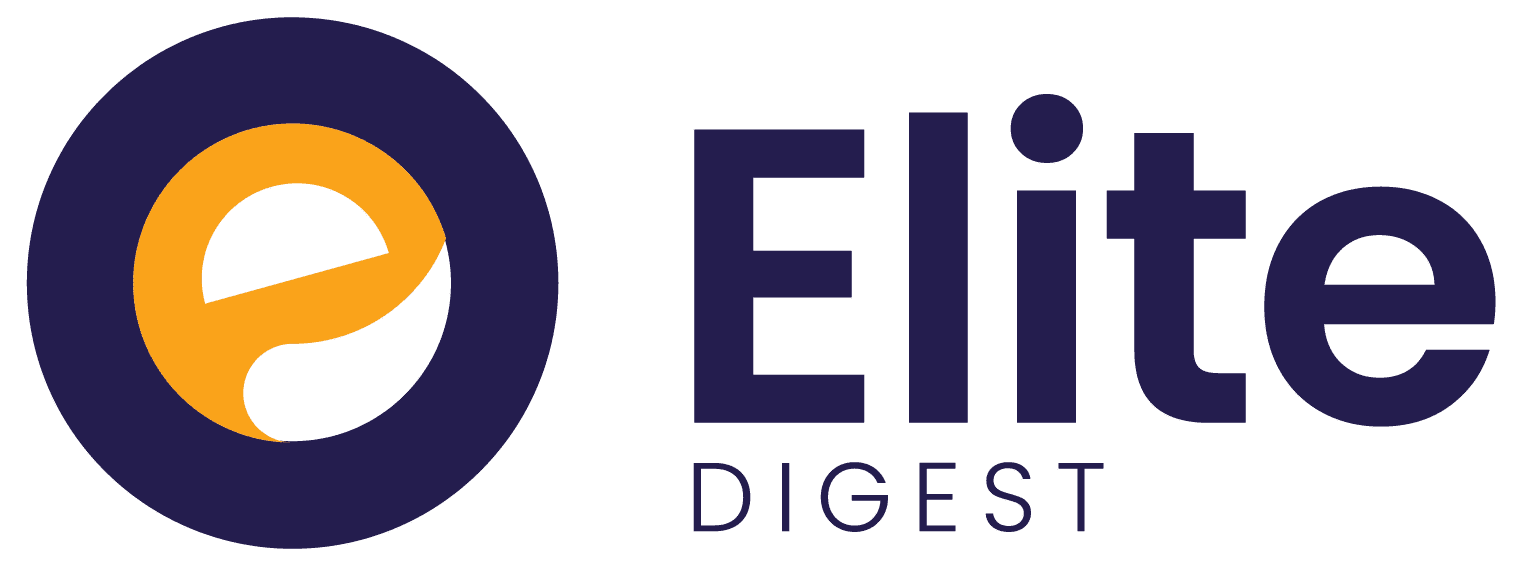Web 3.0: The internet has seen several changes since its inception. starting from the read-only web to the social web and now the read-write-executable web. This change has changed how people use the internet and brought it into other parts of their lives.
Today I will take you briefly through the evolution of the web and tell you what you need to know about Web 3.0, but first, you need to know the start point of the web and where it is now.
Evolution of Web 3.0
The evolution of web 3.0 comes in three phases
● Web 1.0
● Web 2.0
● Web 3.0
We’ll discuss each of these phases below.
Web 1.0
This is known as read-only web, where users of the internet only used the internet to access information which would have been previously put on it. Research and findings were the major use of the web as of then.
The downside of this system was that users had little or no way of interacting with the content. It is believed that web 1.0 implementation started in 1989, created by British scientist Tim Berners-Lee while working at CERN. A few of the companies which used web1 were Google, MSN, Yahoo, Internet Explorer, etc
Web 2.0
This is the participatory social web, also known as the read-write web. Here, users not only had access to information on the internet but could interact with the content as well as other users. This made it possible for businesses to be actively involved as well as users who would use their businesses too.
However, the downside of this web was that users had little control over privacy data and connectivity, and knowledge sharing between platforms was still limited. Web 2.0 is known to have been implemented in 2004 and popularized by Tim O’Reilly and Dale Dougherty at the first Web 2.0 Conference. Some companies that use Web 2.0 are Facebook, Twitter, Internet Explorer, Instagram, Uber, e.t.c.
Web 3.0
The advent of Web 3.0 brought about ‘decentralization’. This is the read, write, and execute web. Being a semantic web, Web 3.0 is a web where data or information is rather shared than owned, i.e., data on Web 3.0 is not owned but is shared, and different services can offer different views for the same data.
What this implies is that Web 3.0 promotes transparency, as every user will be able to see any information being put in by another user while maintaining the animosity of the former. Not only does this help humans, but it can also help machines to ‘understand’ and respond accordingly to complex requests by humans. This is made possible by structuring the relevant information sources.
Many companies have turned to Web 3.0 as it boosts customer confidence in their firm because customers can openly follow their information, transactions, and other activities done through it. Some firms in the web 3 space are Metamask, Tezos, Filecoin, etc.
Characteristics of Web 3.0
Web3.0 is characterized by
● Open Source Software Platform: Where several users can contribute ideas, and innovations to better a particular product or service.
● Distributed database: Important information can’t be manipulated or tampered with because the data is not stored only in a single node.
● Web Personalization: The use of personalized identity on a website and a wallet, e.g Ethereum Naming Service.
● Resource pooling: Using a system that makes users participate in revenue generation.
An image representation of the network and nodes. Photo Credit: unsplash.com
Some downsides of Web3.0
As they say, whatever has an advantage, most likely has a disadvantage. Some of the downsides of Web 3.0 include:
● Expanse: The hugeness of the World Wide Web as regards billions of pages, may lead to the repetition of data redundancy.
● Inconsistency: There may be contradictions which may arise in data compilation.
● Deceit: The intentional act of a producer of information to mislead the consumer of the information.
an image showing connections like in Web 3.0.
Photo Credit: istock.com
Some Use Cases of Web 3.0
The fundamental idea of Web 3.0 is to define structured data and link it for more effective discovery, automation, integration, and reuse across several applications. It can improve data management, support mobile internet accessibility, foster creativity and innovation, encourage globalization process factors, improve customer satisfaction, and help organize collaboration on the social web.
Through these, Web 3.0 has been used in various sectors of life, including finance, agriculture, medicine, and virtual reality, to name a few.
Web 3.0 in Finance: Cryptocurrency and other fintech solutions have been developed through the advent of Web 3.0, and more so, there is transparency in transactions as all transactions can be viewed anywhere by anyone for validation.
After a transaction has been completed, the transaction hash can be reviewed by anyone to confirm if the transaction was completed or not. The anger is kept by not showing the names of the people who own the addresses but instead showing the wallet addresses. That is how some persons or groups can monitor large transactions and report them almost in an instant like WatcherGuru on Twitter
Web 3.0 in Agriculture: From planting to harvest, a consumer can track the production of whatever he wants to eat from a farm using the data compiled. Also through tokenization, farmers can generate capital for farming
AgriDigital, located in Australia, is known to be a grain management platform. They digitize management for over 11,600 agribusinesses globally. With features for farmers to manage their grains from paddock to payment with AgriDigital OnFarm, to tracking and managing inventory through AgriDigital Store, to even options for traders to buy and sell grains through AgriDigital Trade, and options for brokers to keep records and create value for their clients with AgriDigital Broker. This is one of many platforms that use Web 3.0 to solve agriculture challenges.
Web 3.0 in medicine: A well-written smart contract keeps Web 3.0 safe, so patients’ information can’t be changed or manipulated for bad reasons.
Akiri, located in Foster City, California, manages a network-as-a-service platform that has been tailored to meet the requirements of the healthcare sector. This platform contributes to the secure transport of patients’ medical records. Akiri ensures that healthcare data is kept private and can only be accessed by those who have been granted permission to do so when they have a need for it.
Web 3.0 in Virtual Reality: The metaverse is a perfect example of virtual reality. Web3.0 has made it possible for people to be in different forms and locations whilst being remote physically
A lot of firms have created a metaverse to house a lot of activities. In the metaverse, users can have meetings, attend lessons, visit museums, and do a bunch of other stuff as if they were there in person.
Meta provides a metaverse that promises the users the ease to connect with one another, as well as work, play, learn and shop.
These are a few among many use cases for Web 3.0
Career Opportunities in Web 3.0
The Web 3.0 space has a very vast career opportunity. More so that even some known careers can be transcended into the space.
The global Web3 space was estimated to be worth $1.36 billion in 2021 by GrandView Research, but Emergen Research valued it at $3.2 billion in the same year, considering all enterprises that got involved in the space. However, Emergen Research also estimated that the space would be valued at $81.5 billion in 2030, following a compound annual growth rate (CAGR) of 43.7%, while GrandView Research forecasts a 44.8% CAGR.
In a space like this there are people needed to run it to optimum level. Some career opportunities in the Web3 space are as follows:
- Blockchain Engineer
- Product Designer
- Community Manager
- Marketing Officer
- Public Relations Officer
- Game Designer, etc
Conclusion
Web 3.0 has opened up the use of the internet and technology further by giving full control of data back to users. This has fostered growth and innovation in several areas, as there is a constant need for humans to improve their quality of living.
Web 3.0 is seen as the future.




